9 Must-See Italian Attractions For History Lovers
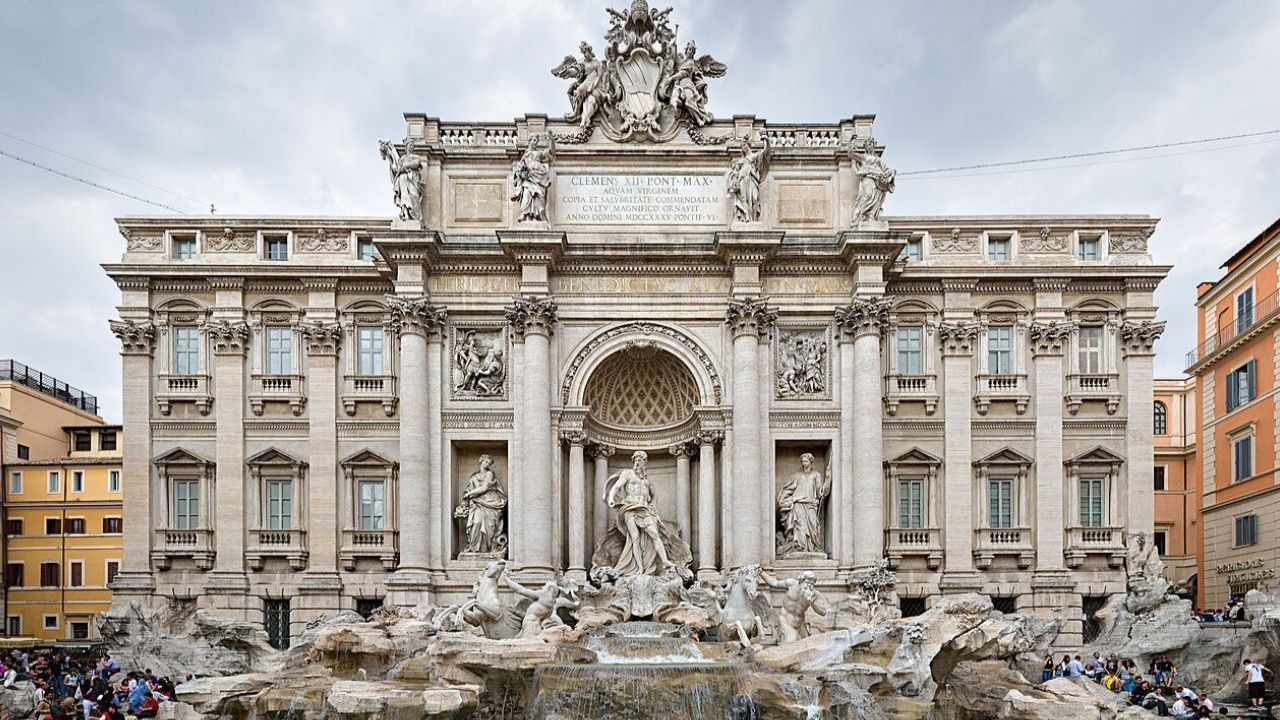
Italy is a country brimming with history, offering countless landmarks that showcase its rich cultural heritage. From the grandeur of the Roman Empire to the artistry of the Renaissance, Italy is a dream destination for history lovers. Whether you’re wandering through ancient ruins or marveling at architectural masterpieces, these 9 must-see attractions will take you on a journey through Italy’s fascinating past.
The Colosseum – Rome
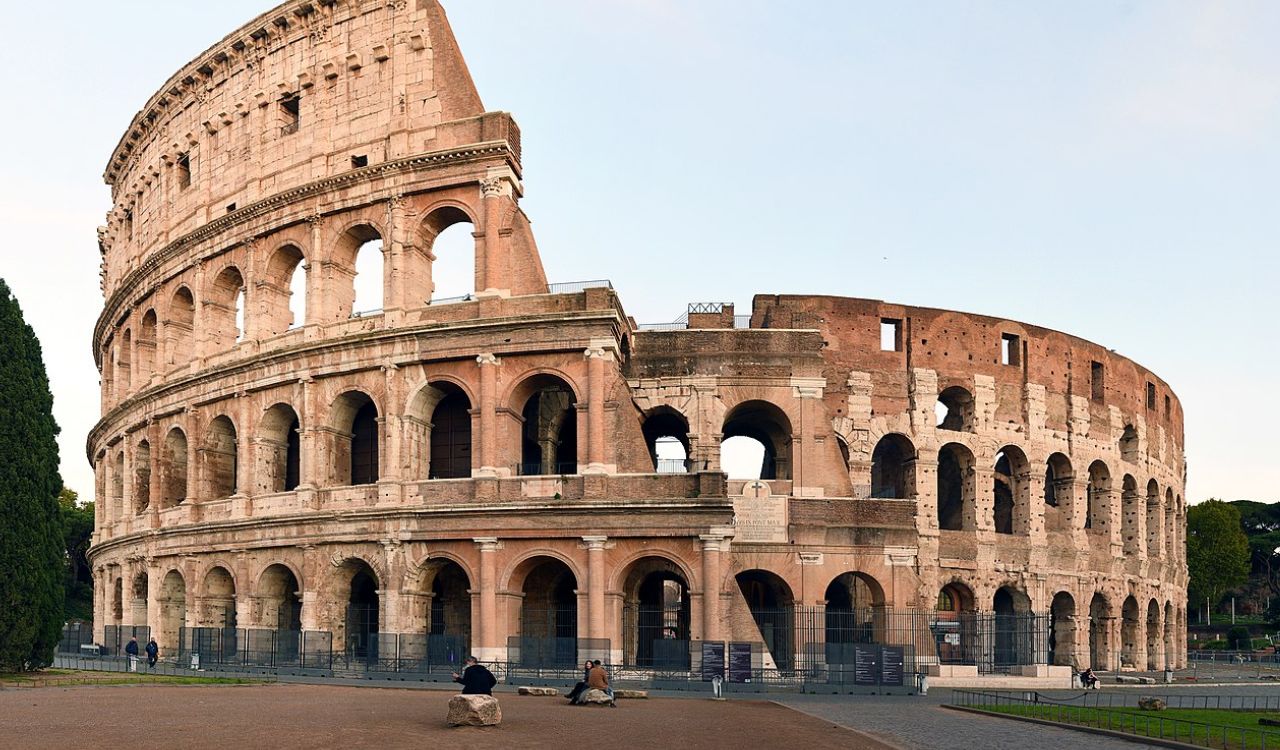
The Colosseum is a must-see for anyone visiting Rome. Built between 70 and 80 AD, this massive amphitheater hosted gladiator fights and grand public events. It’s an impressive example of Roman engineering, with its grand structure and fascinating design. Today, visitors can explore the Colosseum through guided tours that reveal its rich history, the stories of gladiators, and how this iconic site shaped Roman culture. Standing inside or walking around the Colosseum, you’ll feel connected to the ancient world in a way few places can offer.
The Roman Forum, Rome

Just a short walk from the Colosseum, the Roman Forum was the heart of Ancient Rome. It’s where Romans gathered for political, social, and religious events. The ruins of temples, basilicas, and arches tell the story of life in one of the world’s most powerful civilizations. Exploring this historic site offers a glimpse into the daily activities that shaped the Roman Empire.
Pompeii, Near Naples
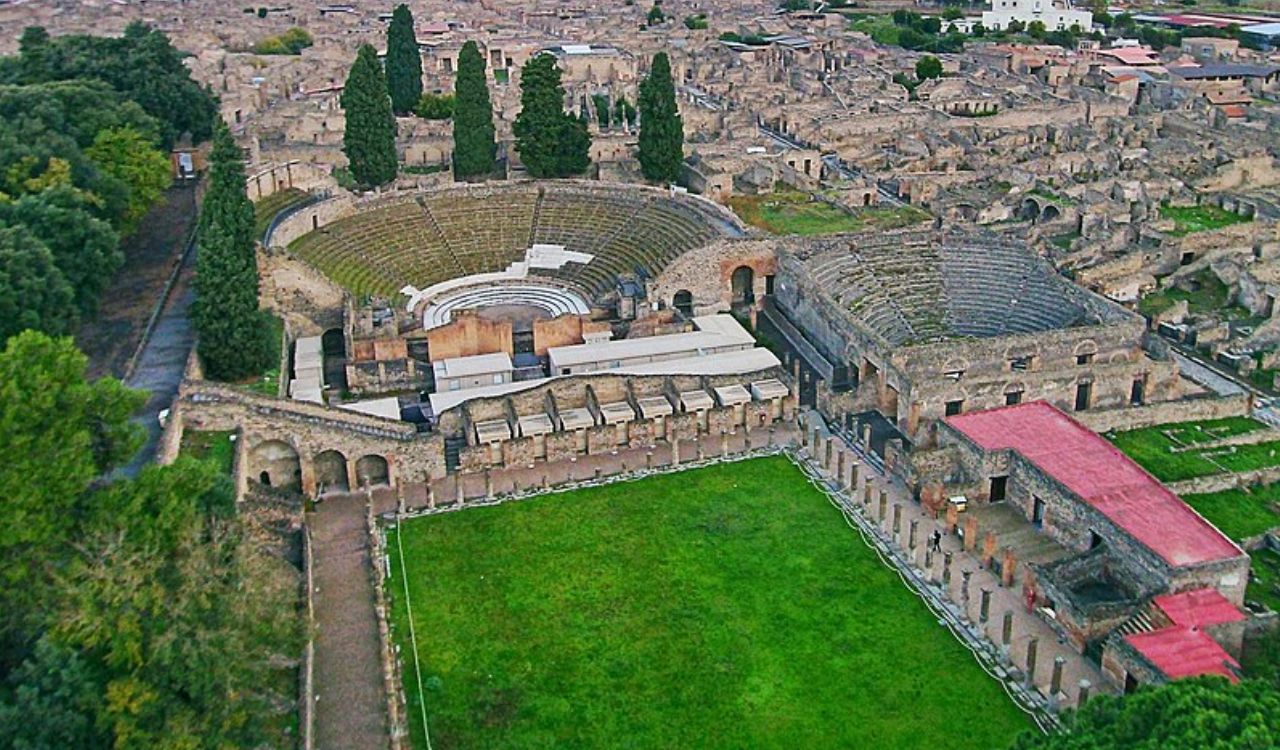
Pompeii, frozen in time by the eruption of Mount Vesuvius in 79 AD, is a unique site that offers an intimate look at ancient Roman life. The town was buried in ash, preserving homes, shops, and even the remains of its people. Today, Pompeii stands as a UNESCO World Heritage site where visitors can walk through well-preserved streets and buildings, taking a step back in time.
Saint Mark’s Basilica, Venice
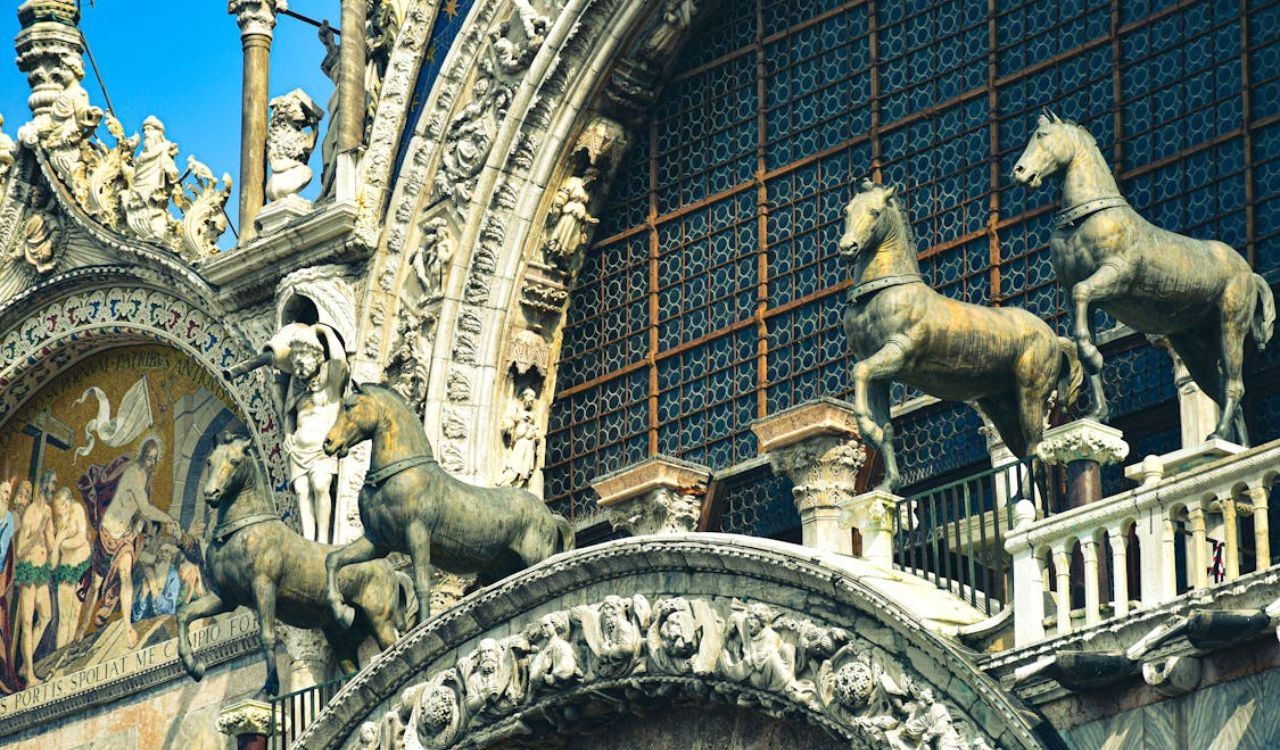
Saint Mark’s Basilica in Venice is a stunning example of Byzantine, Romanesque, and Gothic architecture. With its famous mosaics and soaring domes, it has stood for over a thousand years. Originally built to house the relics of Saint Mark, the basilica is now one of the city’s most significant historical and religious sites, drawing visitors from all over the world.
Herculaneum, Near Naples
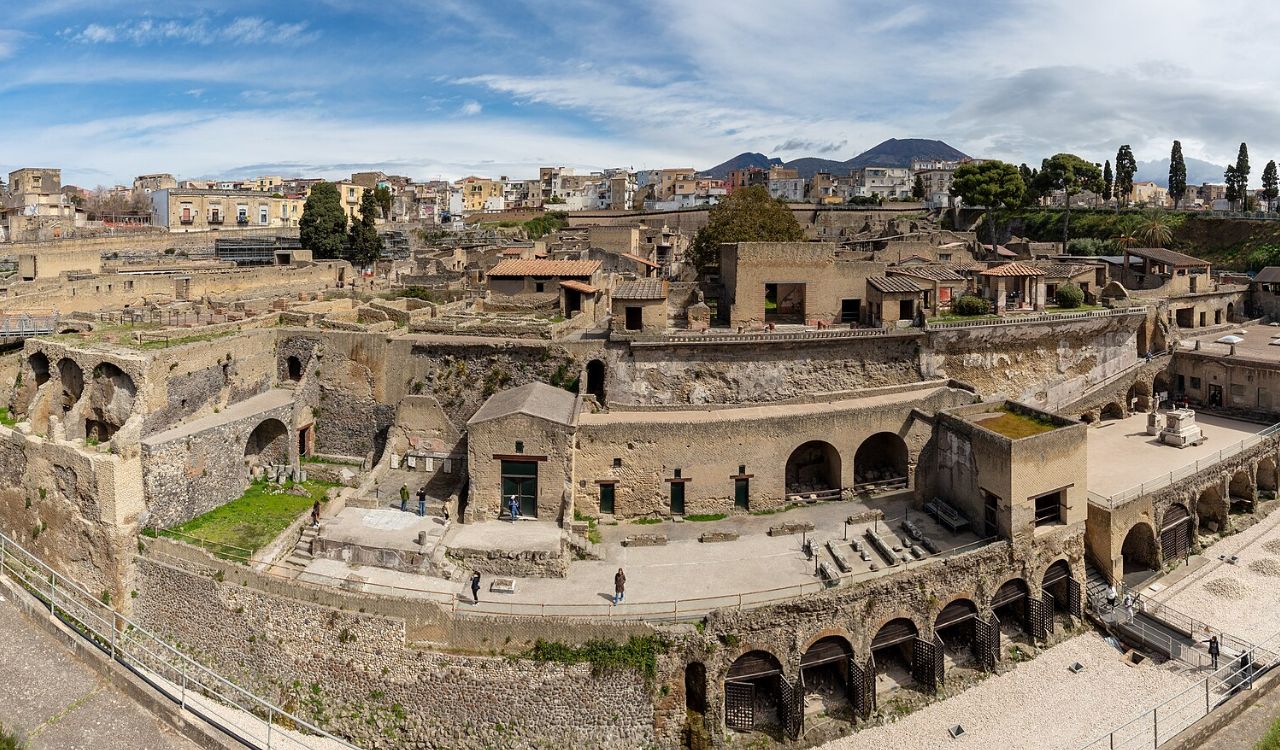
Herculaneum, like Pompeii, was buried by the eruption of Mount Vesuvius. However, Herculaneum is even better preserved, with wooden structures, furniture, and even food still intact. Visitors can explore the well-preserved villas, bathhouses, and streets, gaining an authentic glimpse into the everyday life of Romans during this ancient period.
The Pantheon, Rome
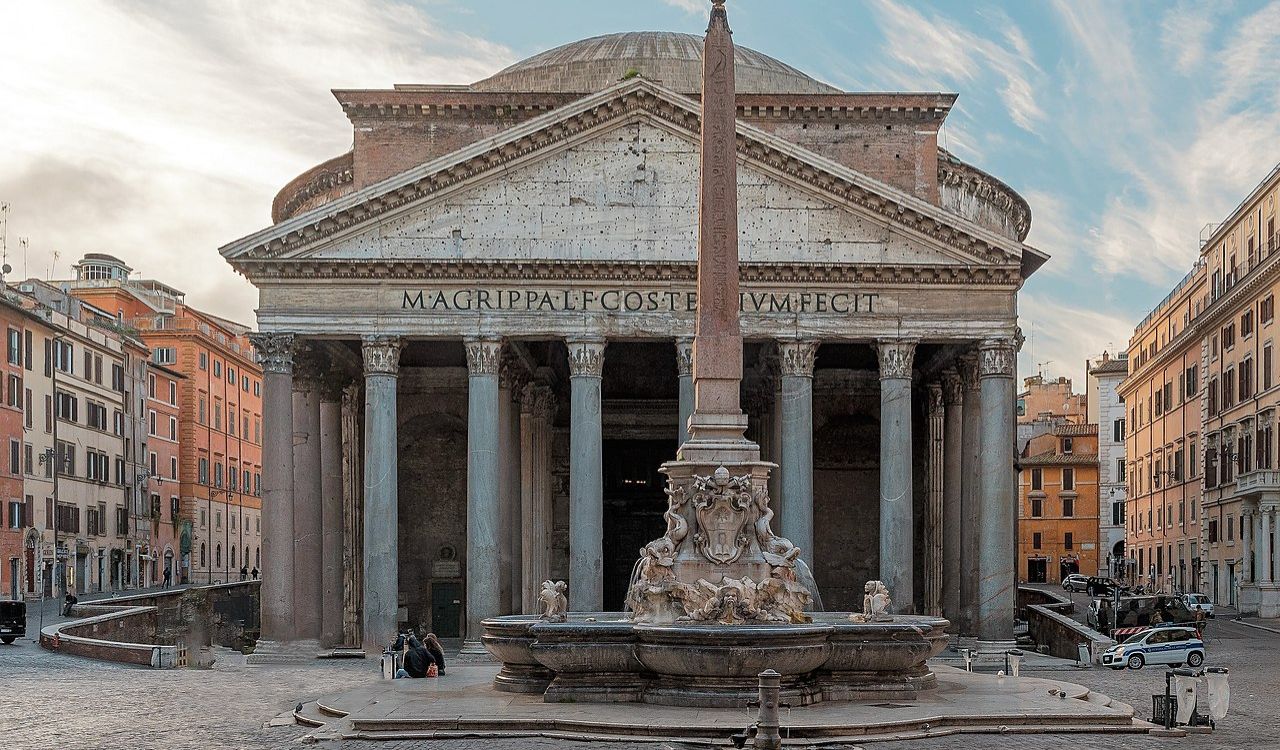
The Pantheon is one of the best-preserved monuments from Ancient Rome. Built between 118 and 125 AD, it was originally a temple to Roman gods and is now a church. Its massive dome and innovative engineering remain a marvel of Roman architecture. Today, it’s also the final resting place of several notable figures, including the artist Raphael.
Florence Cathedral (Duomo), Florence
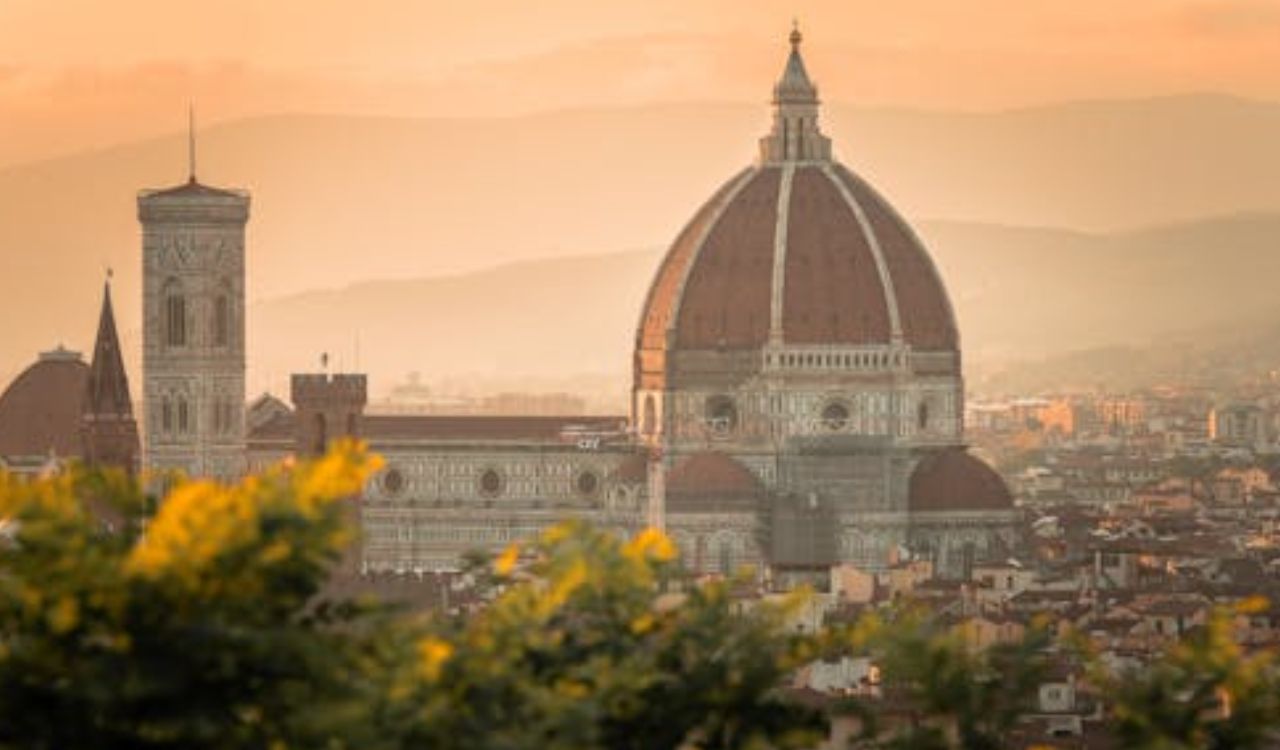
The Florence Cathedral, or Duomo, is a true masterpiece of Gothic architecture. Famous for its stunning dome designed by Filippo Brunelleschi, this cathedral has been a central point of Florence’s religious and artistic life for centuries. Visitors can admire its beautiful frescoes and sculptures or climb to the top of the dome for breathtaking views of the city.
Leaning Tower of Pisa, Pisa
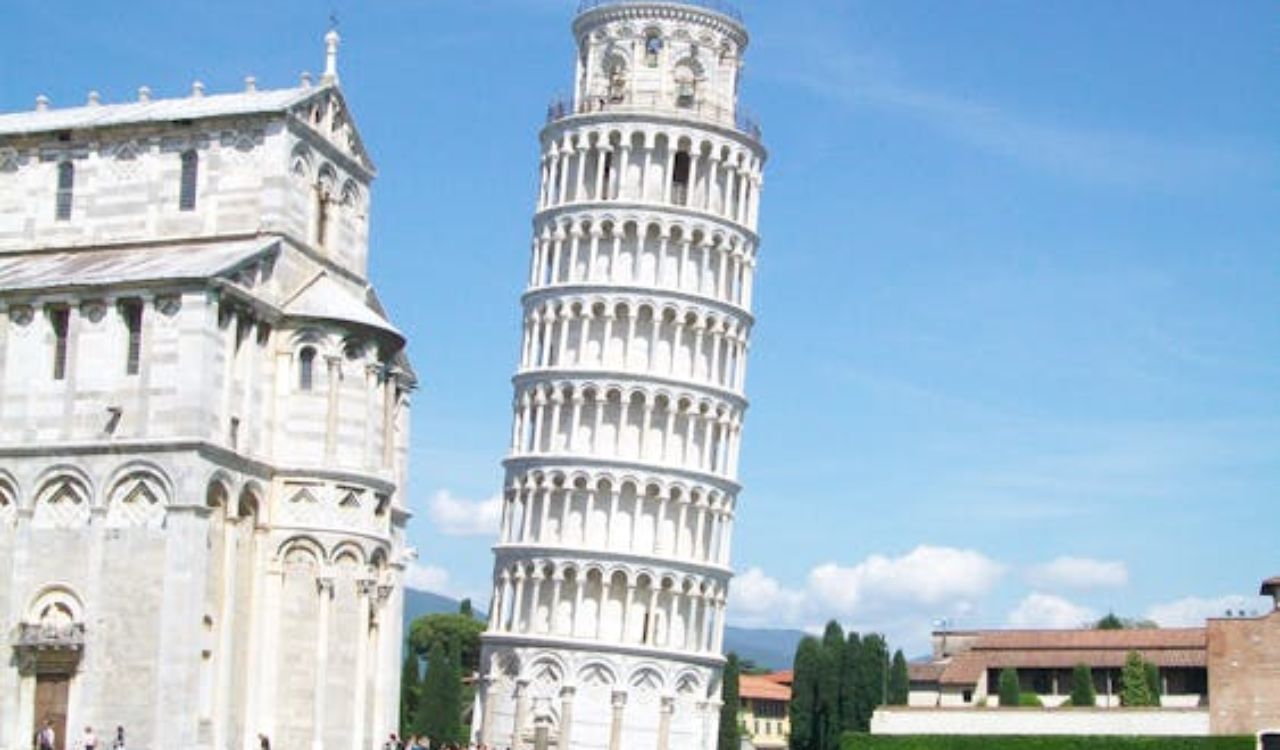
The Leaning Tower of Pisa is one of Italy’s most famous landmarks. Originally built as a bell tower for the Pisa Cathedral, the tower’s famous tilt has made it a must-see destination. Visitors can climb the tower for spectacular views of the surrounding area, offering a glimpse into Italy’s medieval history.
Valley of the Temples, Sicily
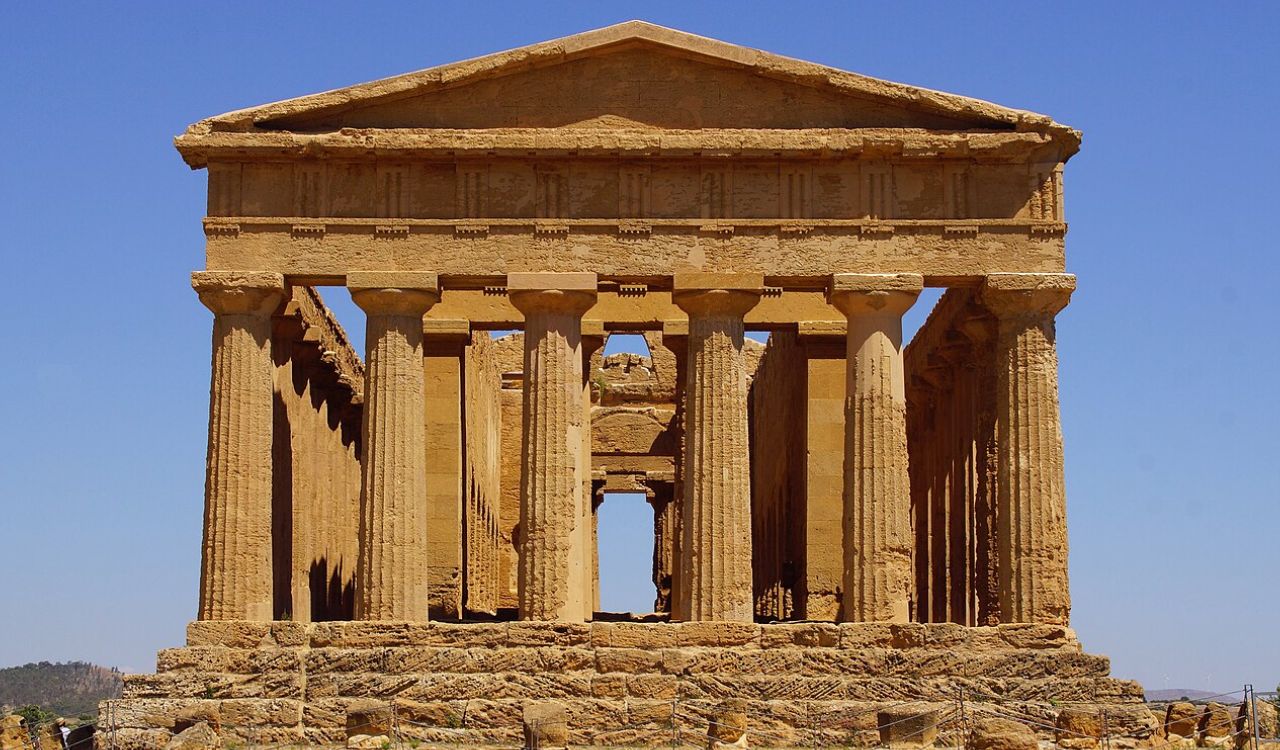
The Valley of the Temples in Sicily is a UNESCO World Heritage site with some of the best-preserved ancient Greek ruins in the world. Located in Agrigento, it features stunning temples dedicated to gods like Hera and Concordia. Exploring these impressive ruins provides a peaceful yet awe-inspiring look at the lasting influence of Greek culture in Italy.